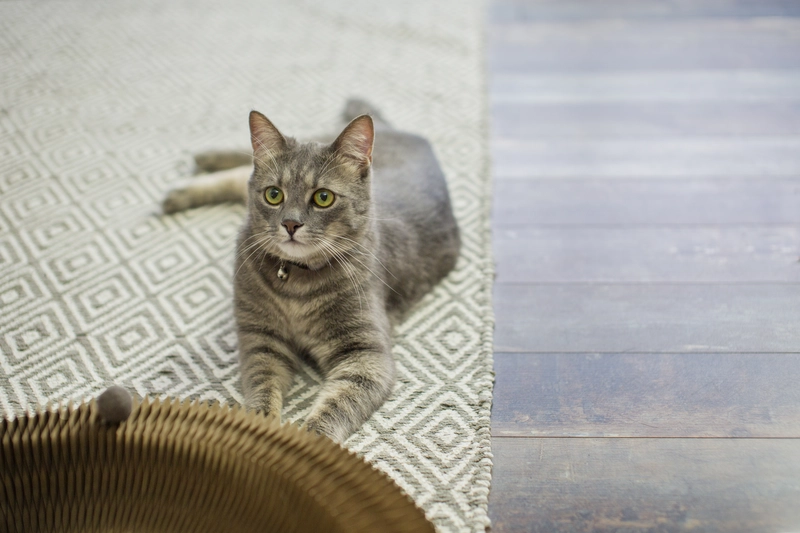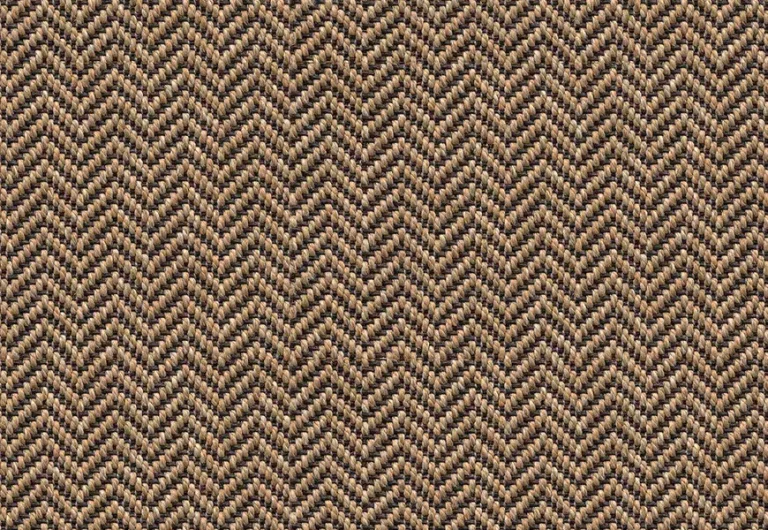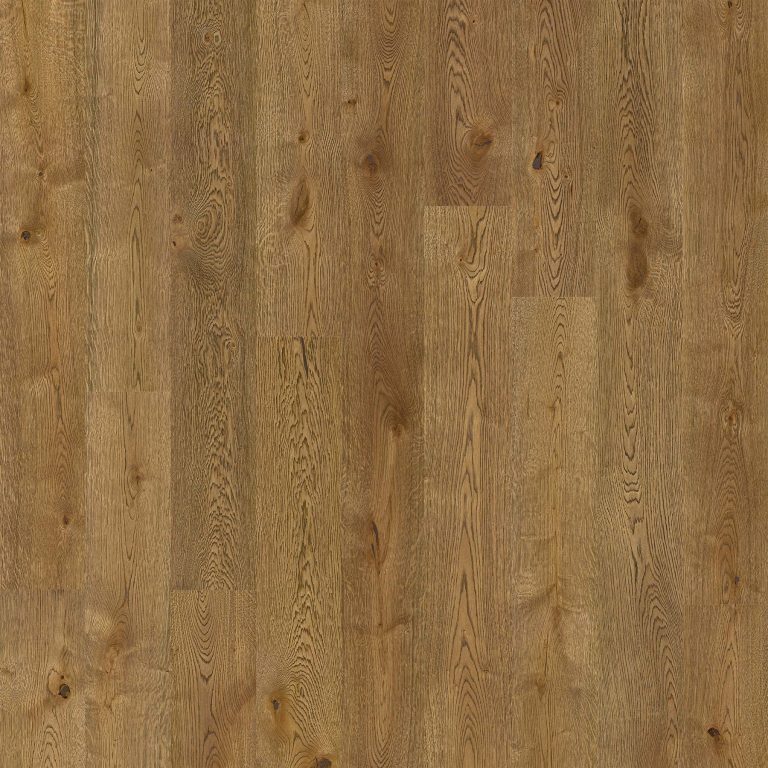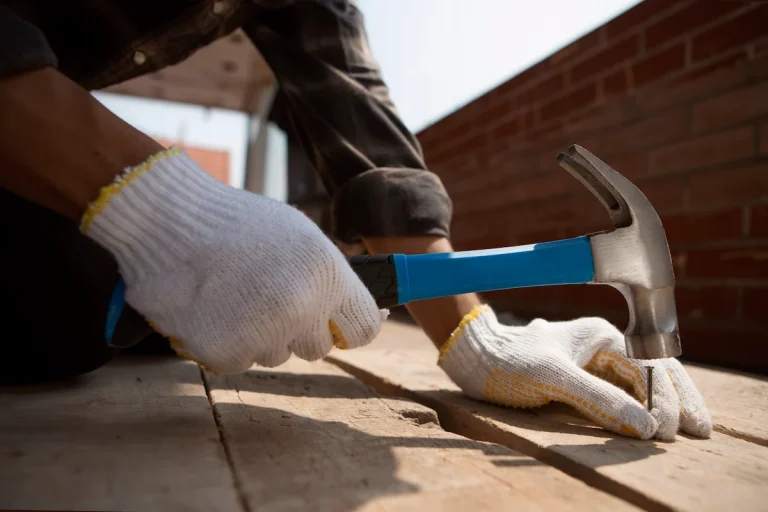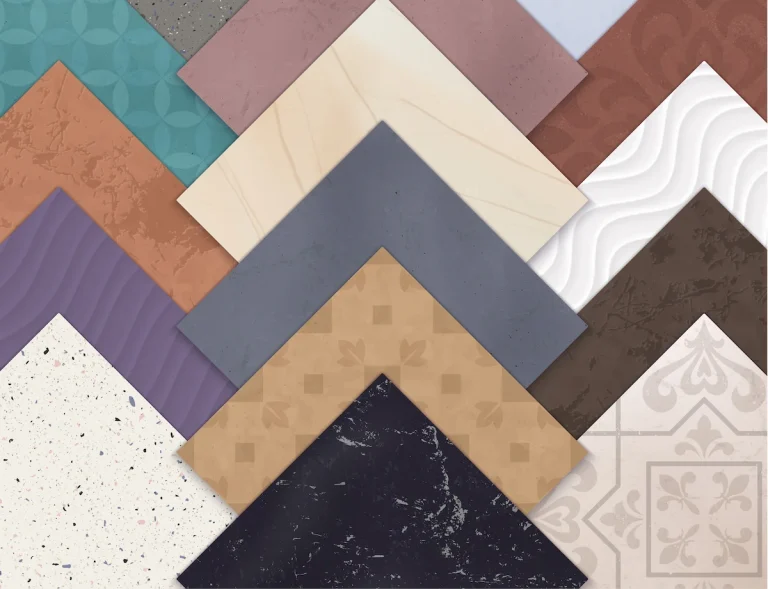Cats are playful and curious creatures, but their instinct to scratch can often lead to damage around the home, particularly to carpets. Understanding how to stop the cat from scratching the carpet is essential for cat owners looking to protect their furnishings while keeping their feline friends happy.
This article explores effective strategies to curb your cat’s carpet scratching, highlights common mistakes to avoid, and offers additional tips for creating a harmonious living environment. Say goodbye to shredded carpets and hello to a well-behaved kitty!
Why Do Cats Scratch?
Cats scratch for a variety of reasons, primarily as a natural behaviour tied to their physical and psychological needs. Scratching helps them maintain their claws, as healthy claws are crucial for their hunting instincts and overall well-being.
Additionally, it serves as a way for cats to mark their territory through scent glands located in their paws. This scratching behaviour is not just about physical maintenance; it also plays a significant role in their communication and social interactions with other cats, both indoors and outdoors, making it an essential aspect of feline behaviour.
Why Is It Important to Stop Cats from Scratching the Carpet?
Understanding why it is important to stop cats from scratching the carpet involves recognising the potential damage that this behaviour can cause to your home and the stress it may induce for both the cat and the owner.
Carpet scratching can lead to irreversible damage to your flooring and furniture, resulting in costly repairs or replacements. Furthermore, if cats are unable to express their natural scratching behaviour appropriately, it can lead to behaviour problems, increased anxiety, and a decline in their overall health and well-being.
How to Stop the Cat From Scratching the Carpet
Training your cat to stop scratching the carpet is a multifaceted approach that requires understanding their natural instincts and providing suitable alternatives.
As cat owners, it is essential to create an environment that redirects their natural scratching behaviour towards appropriate surfaces, such as scratching posts or pads, rather than rugs or carpets.
Utilising effective training techniques that include positive reinforcement and environmental adjustments can significantly reduce stress both for your cat and yourself, ensuring a harmonious home where both the cat’s needs and the owner’s preferences are met.
1. Provide an Alternative Scratching Surface
One of the most effective ways to stop cats from scratching the carpet is to provide alternative scratching surfaces that cater to their needs and preferences. Scratching posts made of materials like sisal, cardboard, or wood can entice your cat to use them instead of your furniture or carpets. Incorporating scratching pads and cat trees into your living environment can create dedicated areas for your cat to engage in their natural scratching behaviour without causing damage.
Offering a variety of scratching options is crucial, as different cats may prefer different textures and styles.
For instance, sisal is durable and often favoured for its rough texture, while cardboard is appealing due to its lightweight and easy-to-replace nature. Wood can provide stability and a more natural feel that some cats gravitate towards. Strategically placing these items throughout your home can also enhance their effectiveness:
- Living Room: Place a tall scratching post near a favourite lounging area.
- Bedroom: Incorporate a scratching pad under a window to attract your cat during sunny days.
- Hallways: Install wall-mounted scratching panels to entertain your cat during their daily strolls.
This approach not only protects your carpets and furniture but also gives your feline friend an enriching environment that satisfies their scratching instinct.
2, Use Deterrents
Using deterrents can be an effective strategy in managing your cat’s scratching behaviour, especially when it comes to carpets that need protection. Deterrents not only serve to prevent unwanted actions but also guide your feline friend towards more acceptable scratching alternatives, thereby fostering a positive environment. Various products, including sprays specifically designed to deter cats from scratching undesirable surfaces, can help redirect their attention. Environmental changes, such as placing furniture strategically or using physical barriers, can communicate to your cat which areas are off-limits, reducing the likelihood of stress for both you and your feline companion.
Incorporating deterrents into a training plan can enhance their effectiveness. For example, when introducing a new spray, it is beneficial to combine it with positive reinforcement techniques.
Consider providing a designated scratching post as an alternative. Reward your cat with treats or affection when they use it instead of the carpet. Involving playtime can also distract them from the areas you wish to protect.
Utilising a variety of deterrents—such as double-sided tape or textured mats—can create an array of stimuli that keep your cat engaged and away from the surfaces you value. Monitor your cat’s behaviour periodically to assess which methods yield the best results, adapting your strategy as needed to fit their unique personality and preferences.
3. Trim Your Cat’s Nails Regularly
Regularly trimming your cat’s nails is an essential part of claw maintenance and can significantly reduce the impact of their scratching behaviour on your carpets and furniture. By keeping their claws short, you not only prevent potential injuries to your cat but also minimise the damage they can cause to your surroundings.
Along with protecting your home, maintaining short claws is vital for your cat’s well-being. Overgrown nails can lead to discomfort, pain, and even mobility issues. Therefore, it’s recommended to establish a consistent grooming routine.
Planning a designated time for nail trimming can make it predictable for your pet, while using the right tools—like cat nail clippers or a filing tool—can ensure safety and efficiency. Always take your time and reward your feline companion with treats or affection afterwards, as this positive reinforcement helps them associate the procedure with a pleasant experience. Ensure your cat is calm before starting. Use a sturdy, sharp pair of nail clippers specifically designed for cats. Familiarise yourself with the quick to avoid cutting too deep.
Following these guidelines will lead to safer and more effective nail-trimming sessions.
4. Reward Good Behaviour
Rewarding good behaviour is a crucial aspect of training your cat to stop scratching the carpet. Positive reinforcement techniques, such as offering treats or extra attention whenever your cat uses designated scratching surfaces instead of the carpet, can encourage them to repeat this behaviour. This method not only helps reinforce desirable actions but also establishes a stronger bond between you and your cat, making training a more pleasant experience for both parties involved.
Implementing positive reinforcement effectively requires consistency and patience. Begin by identifying the specific behaviours you wish to encourage, such as using a scratching post or engaging in play with interactive toys. When your cat exhibits these behaviours, respond promptly with rewards, which can include:
- Treats: Use small, healthy morsels that your cat enjoys to motivate them.
- Verbal Praise: A warm and enthusiastic tone can make your pet feel appreciated.
- Playtime: Engage them with their favourite toys as a way to celebrate good behaviour.
By consistently rewarding the right actions, the idea of training will become ingrained in your cat’s daily routine, creating a more harmonious living environment.
The Don’ts When Trying to Stop Cat from Scratching the Carpet
When trying to stop your cat from scratching the carpet, there are several harmful methods that should be avoided to ensure your cat’s psychological well-being and prevent exacerbating any existing behaviour problems.
1. Do Not Punish Your Cat
Punishing your cat for scratching the carpet is counterproductive and can lead to a host of negative consequences, including increased stress and anxiety in your feline companion.
Felines, being sensitive creatures, often misinterpret punishment as a threat, which can result in weakened trust between the pet and owner. Therefore, exploring more effective alternatives to address behaviour problems is crucial.
By fostering an environment of understanding and open communication, cat owners can help their pets feel secure and accepted. For example, redirecting your cat’s energy towards scratching posts or engaging them in interactive play can be a constructive approach.
Recognising signs of anxiety and providing a calm space are essential in this journey. Using positive reinforcement techniques, such as treats or praise, can substitute negative punishment effectively, ensuring that your cat learns desirable behaviours in a stress-free manner.
Communication and understanding cat behaviour are necessary tools for developing a harmonious relationship.
2. Do Not Use Sticky Tape or Aluminium Foil on the Carpet
Using sticky tape or aluminium foil on the carpet as a deterrent for scratching is not advisable, as it can cause discomfort and may not be effective in redirecting your cat’s behaviour. These harmful methods can create an unpleasant environment for your cat, leading to increased stress or anxiety associated with their scratching behaviour. Instead, it’s crucial to provide positive alternatives and suitable scratching surfaces that fulfil their natural instincts without causing harm.
Relying on items like sticky tape and aluminium foil often leads to a cycle of stress rather than a resolution to the scratching issue. Cats may perceive these deterrents as threats, which can aggravate their anxiety levels. Consequently, they may resort to more destructive behaviours or develop aversions to certain areas in the home.
To combat this effectively, consider implementing:
- Cat trees and scratch posts: Designated spaces for scratching can help redirect this natural instinct in a positive manner.
- Soft textures: Providing materials like carpet or sisal is not only beneficial to your cat but encourages their engagement in a constructive way.
- Spray repellents: Opt for safe alternatives that do not harm but can deter scratching in unauthorised areas.
Investing in these alternatives nurtures a safe, happy environment and reduces conflict between your feline friend and their home.
3. Do Not Declaw Your Cat
Declawing your cat is an inhumane practice that should never be considered as a solution to scratching problems, as it can lead to severe physical and psychological issues. This procedure removes more than just the claws; it can cause pain, injury, and changes in behaviour, leading to increased aggression, stress, and other behavioural problems. Ethical concerns surrounding declawing make it essential for cat owners to seek humane alternatives that respect their cat’s health and natural behaviours.
The physical and psychological ramifications of declawing can have lasting effects on a cat’s well-being. Understanding the implications is crucial for any responsible pet owner. Instead of resorting to such drastic measures, consider some humane alternatives:
- Regularly trimming your cat’s nails to minimise scratching.
- Providing suitable scratching posts to satisfy their instinct.
- Using scratch deterrent sprays on furniture.
- Engaging with your cat through play and training to redirect their behaviour.
By adopting these practices, cat owners can ensure their pets remain happy and healthy while also protecting their homes. Emphasising the importance of humane treatment, it’s vital to promote methods that align with the cat’s natural behaviours rather than resorting to painful and unethical procedures.
Other Tips for Preventing Cat from Scratching the Carpet
Preventing your cat from scratching the carpet involves a holistic approach that includes various tips and strategies to create a suitable environment for your feline friend. Aside from providing alternative scratching surfaces, ensuring that your cat receives adequate exercise and playtime is essential to reduce stress and channel their energy positively.
Environmental changes, such as rearranging furniture or using cat products designed to deter scratching, can also play a significant role in modifying their behaviour.
1. Use Double-sided Tape on Furniture
Using double-sided tape on furniture can be an effective temporary deterrent for preventing scratching behaviour, as many cats dislike the sticky sensation on their paws. Applying this method strategically on furniture that your cat tends to scratch, can help reinforce the idea that certain areas are off-limits while you train them to use appropriate scratching surfaces. This approach can be combined with alternative scratching options to create a comprehensive strategy against unwanted scratching.
Implementing this technique involves just a few straightforward steps. First, ensure the surface of your furniture is clean and dry so the tape adheres properly. Then, cut strips of the tape and place them on the areas your cat frequents. Make sure to monitor your pet’s reaction to this new setup. If they seem upset, consider using a less aggressive approach.
Along with double-sided tape, various alternatives exist that can complement this method effectively. For example, feline-friendly sprays can be used in conjunction with physical barriers such as scratching posts or mats, which are designed to attract your cat. Providing a dedicated scratching area will help satisfy their natural instincts while minimising unwanted behaviour on your furniture.
In terms of managing scratching behaviour, combining different techniques often yields the best results.
2. Provide Regular Playtime and Exercise for Your Cat
Providing regular playtime and exercise for your cat is crucial to their well-being and can significantly help in managing scratching behaviour. Engaging your cat in interactive play not only stimulates their natural instincts but also helps reduce stress and anxiety, which are often contributors to undesirable behaviours like scratching. By incorporating play into your daily routine, you can keep your cat emotionally and physically fulfilled, minimising their inclination to scratch carpets or furniture.
Incorporating a variety of activities into playtime can enrich the overall experience for your feline friend. Here are some effective options:
- Interactive Toys: These can include feather wands or laser pointers that encourage your cat to leap and pounce, mimicking their hunting instincts.
- Climbing Structures: Cat trees not only satisfy their urge to scratch but also provide a fantastic workout as they explore vertical spaces.
- Puzzle Feeders: These stimulate mental engagement while promoting physical movement as your cat works to access treats.
Such activities not only help maintain claw health but also serve as instinct-reinforcing exercises, balancing between their natural behaviours and your home environment. This proactive approach to play can prevent frustration and undesirable scratching, promoting a harmonious living space.
3. Use Synthetic Pheromones
Utilising synthetic pheromones can be an effective tool in alleviating stress and anxiety in cats, which can subsequently help reduce scratching behaviour. These calming products mimic natural feline pheromones, promoting a sense of security and comfort in your cat’s environment. By using pheromones in conjunction with other prevention methods, you can significantly enhance your cat’s overall well-being and lower the likelihood of undesirable scratching.
Stress and anxiety are significant concerns for pet owners, as they can lead to various unwanted behaviours, including excessive scratching. Synthetic pheromones play a crucial role in addressing these issues by creating a calming atmosphere that helps to ease your pet’s mind. The benefits extend beyond mere behaviour correction; they can also contribute positively to your cat’s emotional health.
- Reduces anxiety: By mimicking comforting signals, they help your cat feel more at ease.
- Minimises destructive behaviour: A calmer cat is less likely to engage in scratching or other undesirable habits.
- Enhances overall well-being: A stable emotional state contributes to a healthier, happier feline companion.
Incorporating these pheromones into your pet care routine can foster a nurturing environment that promotes relaxation and emotional resilience.
When to Seek Professional Help?
Knowing when to seek professional help for your cat’s scratching behaviour is crucial in ensuring their well-being and addressing any underlying issues. If your cat exhibits persistent scratching problems that lead to injury, extreme anxiety, or other behaviour problems, consulting a veterinary surgeon or feline behaviour expert can provide valuable insights and guidance. These professionals can assess your cat’s health and behaviour, helping you develop a tailored plan to manage their scratching effectively.
It’s essential to recognise signs that indicate your furry friend may need assistance. Indicators such as:
- Frequent scratching that leads to noticeable wounds or skin infections.
- Increased vocalisation or changes in appetite and activity levels.
- Behavioural changes, like hiding or aggression when touched.
- Scratching furniture, walls, or themselves excessively.
When you consult a veterinary surgeon, expect them to perform a thorough examination, possibly encompassing a full health check-up, behavioural assessment, and recommendations for behavioural modification strategies or environmental adjustments.
Addressing these issues early on can significantly improve not only your pet’s quality of life but also the harmony of your household.
Conclusion
Addressing the issue of cats scratching carpets requires a multifaceted approach that combines understanding their natural behaviour with effective preventive measures. By prioritising their needs, cat owners can significantly reduce unwanted scratching. By providing appropriate alternatives, utilising training techniques, and ensuring a stress-free environment, cat owners can protect their homes while also promoting the well-being and health of their feline companions. Ultimately, a proactive approach to managing scratching behaviour leads to a more harmonious relationship between cats and their owners.
Understanding the reasons behind a cat’s scratching behaviour is essential. Cats naturally scratch to mark their territory, exercise, and maintain their claws. Therefore, it is crucial for owners to offer scratching posts or pads made from materials that satisfy their instincts, train them using positive reinforcement techniques to encourage preferred behaviour and create a calm atmosphere free from stressors that may escalate the scratching.
By implementing these strategies, not only can the integrity of carpets be preserved, but also the physical and emotional health of the pet will be enhanced. In turn, this nurturing approach fosters a loving and respectful relationship between owners and their cats.
Are you a cat lover looking to make your home more accommodating for your feline friend? TEKA Flooring has you covered with a wide selection of cat-friendly flooring options that are both stylish and durable.
Our flooring solutions are designed to withstand the wear and tear of your pets while maintaining their beauty and functionality. Visit TEKA Flooring Store in Peterborough today and discover where affordability, quality, and service come together to create the perfect “pawgress” in your home.
Read also:


























